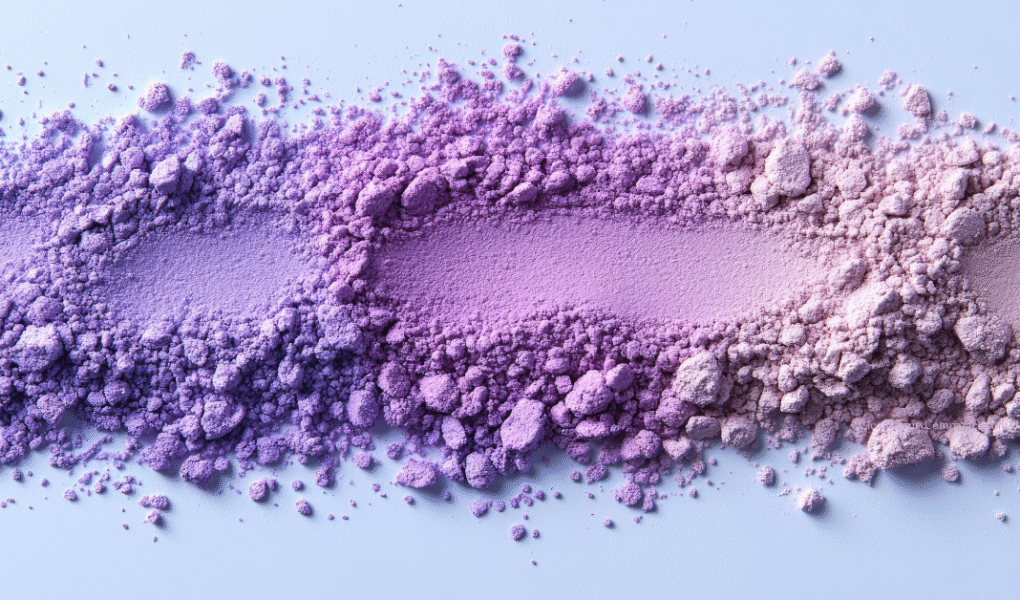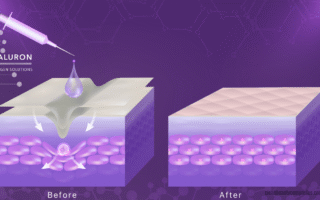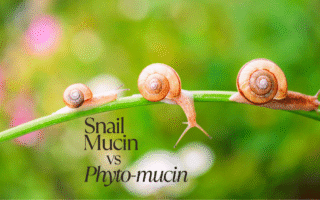The lawsuits involving Johnson & Johnson may have focused on baby powder, but they sparked a larger conversation about talc in cosmetics. While many clean beauty brands have phased it out, talc still lingers in products like eyeshadow, blush, setting powder, and foundation.
So what’s the concern—and is talc truly unsafe?
Why the Concern?
Talc is a naturally silky mineral used for its absorbent, smoothing texture. On its own, it’s not considered dangerous. The real issue? Asbestos contamination—a known carcinogen that sometimes occurs naturally near talc deposits.
Inhaling asbestos fibers has been linked to serious illnesses like mesothelioma. Even though cosmetic-grade talc in the U.S. is required to be asbestos-free, concerns remain due to:
- Past contamination in legacy products
- Inconsistent safety standards in some imported cosmetics
- Occasional third-party findings of asbestos in retail makeup
What the FDA Says
Cosmetic-grade talc has been regulated since the 1970s, but consumer confidence has shifted. In 2025, an FDA-convened panel acknowledged that pure talc is generally safe—but questioned its ongoing use, especially given the potential risks and the availability of safer alternatives.
Case in Point: Chanel’s Quiet Reformulation
In 2020, Chanel reformulated its talc-containing loose face powder—not due to the company’s safety concerns, but because of growing consumer discomfort with talc. The brand emphasized its talc met all purity and regulatory standards. Still, the move signaled that perception now matters as much as compliance.
Real-World Comparison: Chanel vs. CoverGirl — A Clean Beauty Perspective
When Chanel discontinued its talc-based loose powder in 2020, it wasn’t because of safety violations—it was a response to shifting consumer values. But has luxury fully embraced clean beauty since then?
We compared Chanel’s Poudre Universelle Libre ($58) and CoverGirl’s Clean Invisible Loose Powder ($6.79) to find out—and the results may surprise you.
Both powders contain common ingredients like mica, but here’s where they differ:
- Chanel includes “parfum” (fragrance)
- CoverGirl is fragrance-free and talc-free, eliminating two top concerns for health-conscious users.
- Chanel uses silica, which can pose mild inhalation risks during application. CoverGirl opts for kaolin clay and calcium silicate, which carry fewer respiratory concerns.
- While CoverGirl includes some synthetic emollients like dimethicone, it also contains clean-aligned ingredients like oat kernel flour and tapioca starch—gentle, plant-derived, and skin-soothing.
So what does this mean for clean beauty consumers?
Despite its price tag, Chanel’s powder includes ingredients many shoppers actively avoid. Meanwhile, CoverGirl—a drugstore brand—delivers a surprisingly ingredient-conscious formula for under $7.
In 2025, clean beauty is about more than prestige. It’s about transparency, trust, and making better choices at every price point.
Talc Is Still Found In…
Unless clearly labeled, many legacy or luxury products may still include talc, especially in:
- Pressed & loose powders
- Eyeshadows
- Blush
- Body powders
- Some setting powders and cream foundations
Alternatives to Talc
If you’re aiming for talc-free, look for these clean beauty swaps:
- Mica (ethically sourced)
- Cornstarch
- Kaolin clay
- Rice powder
- Silica (non-nano)
The Takeaway
Talc in cosmetics may still be legal and safe, but with cleaner, safer alternatives widely available, many beauty shoppers are choosing to move on. Whether you’re spending $6 or $60, ingredient transparency matters. Clean beauty is no longer just a niche, it’s a new standard.
Looking for More Talc-Free Options?
Here are a few clean, talc-free beauty picks available at Sephora and direct from brand sites—no talc, no fragrance, no guesswork.



